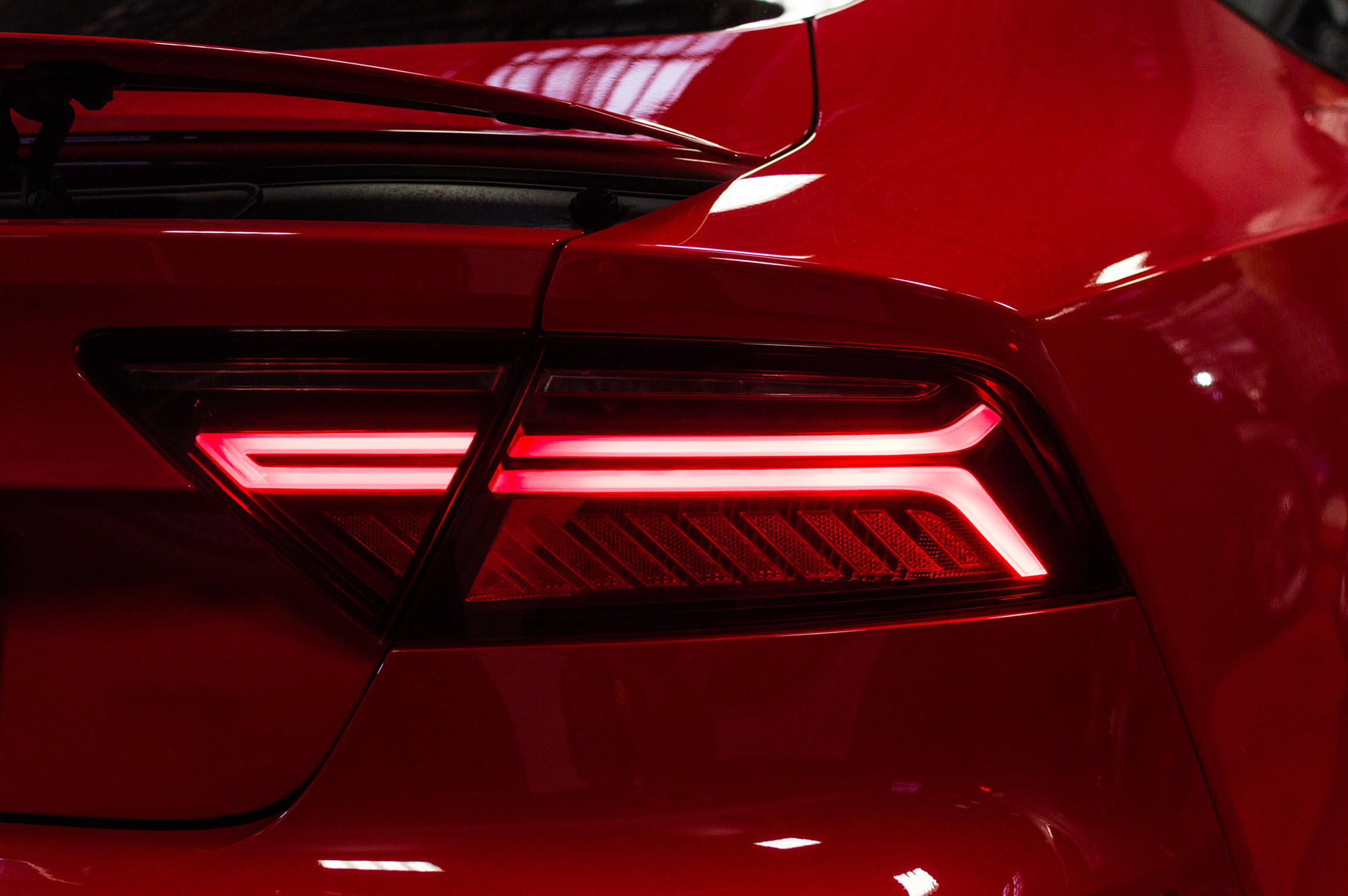Hybrid welding and 4 reasons why you might need it
Have you heard the news? Extol recently partnered with CEMAS to distribute their vibration and hybrid welding machines in the US and Canada. We are thrilled to now be able to offer our customers even more plastic joining options as well as top of the line vibration and hybrid welding equipment, service, and support. Now just in case you’re thinking, “I know about vibration welding, but what is this hybrid welding thing you mentioned?” we’re going to dig into it a bit and explain why it might be a great option for your project.
What is Hybrid Welding?
Many of our customers are familiar with vibration welding (if you’re not, read this post), but the innovative hybrid welding technology is much less well known. Hybrid welding combines the best features of vibration welding with a non-contact infrared pre-heat cycle.
During hybrid welding, the weld joint is precisely heated using infrared emitters. These medium-wavelength metal foil emitters are housed in ceramic fixtures that match the contour of the weld joint. Once the material has begun to soften, the emitters are removed, the assembly is brought together under pressure, and the parts are then vibration welded.
Why Do I Need It?
To Optimize Weld Aesthetics and Reduce Particulate Flash
Vibration welding has the ability to weld large parts with complex geometries. It has fast cycle times and can produce high-strength hermetic seals. However, it can also produce a significant amount of particulate flash. For many applications, particulate flash is not a significant issue, but for applications where aesthetics are important (think automotive tail lamps) or where particulate in the assembly can cause major problems (i.e. intake manifolds and medical filters), that loose flash can be a show-stopper. Using hybrid welding, the material is softened prior to the vibration welding process. This allows less energy to be used to create the final weld, drastically improves the final aesthetics of the flash, and virtually eliminates any particulate. The visual look of welds created using the hybrid process can often complete with that of laser welding, but at a much lower cost.
To Avoid Stringing
Hot-plate welding is another welding process that can be used to weld without particulate flash. However, some materials such as nylon or polycarbonate are particularly sticky when touched to a heated tool which can result in “angel hair” like stringy flash. Hybrid welding is a great alternative in these situations because the parts are never touched by a heated tool as the IR heating process is non-contact.
To Reduce Stress in the Weld Joint
For some materials, like heat resistant nylon, strict vibration welding can be a harsh process that leaves residual stresses in the assembly. By softening the material prior to the vibration process less energy is needed to complete the weld, a smaller vibration amplitude can be used, and most of the stress is avoided. This can lead to improved strength performance of the welded assembly.
To Weld Geometries That May Not Be Feasible Using Vibration Welding Alone
While the design requirements for hybrid welding are essentially the same as those for vibration welding, occasionally some of the limits that exist for vibration welding can be relaxed a bit using hybrid technology. One area in particular where this applies is the angle of the weld joint in the direction of motion (amplitude). Typically with standard vibration welding, the maximum allowable angle or radius in the direction of the amplitude is 10°. However, because the material is already softened prior to vibration, less energy and amplitude is needed to finish the weld in the hybrid process and slightly larger angles may be weldable. This added design flexibility can be extremely useful when welding difficult applications.
While the four reasons I’ve listed above are the most prominent for choosing hybrid welding, there are many other reasons why hybrid welding might be the right technology for your project. If you’d like to know more about either hybrid welding or vibration welding, or if you need help deciding which plastics joining solution is right for you please drop us a line, we’d love to help!
